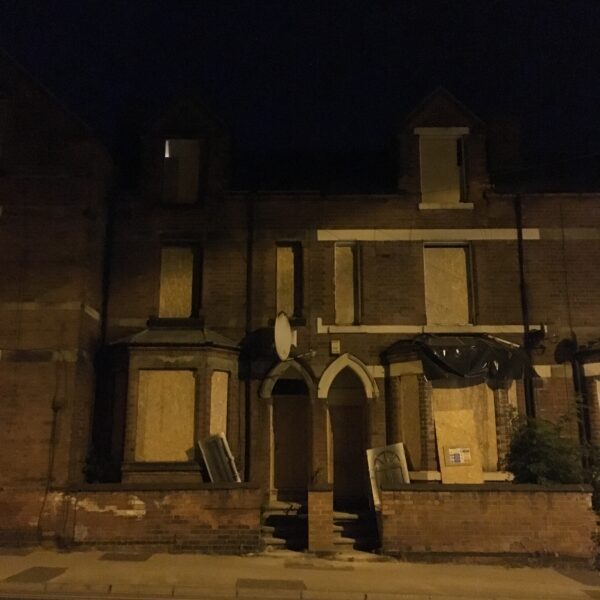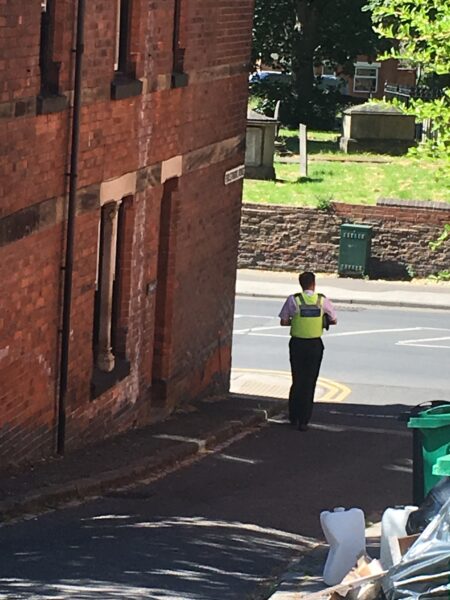
2. Two neighbouring doors, they used to be the important ones around here. People used to come and go from these houses, reminding me of my mother’s house, chaotic, attracting all sorts at all hours. Some would whistle up to windows from the back. Others would stand around waiting, leaning on the brick wall, or scuffling about. Kept my head down, to not cause threat or discomfort.
‘Crack houses’, often used to describe houses where crack is bought, sold, and smoked. Usually, heroin too. ‘Crack and smack houses’ is too much of mouthful. Helen’s house was always her home, even if it had crack and smack in it. Even if drugs were sold from there. I doubt they ever had enough for a huge drugs operation. People in active addiction aren’t usually the entrepreneurs of the chain, as they often smash though their supply due to need and high tolerance, Crackhead, Smackhead, Crack house, no. We don’t need to define people by the things they consume, and we don’t need to define a home by its contents.
The contents of their bins spilled out onto the pavement, the usual rubbish but with orange lids and squashed disposable spoons. If you know, you know, it doesn’t need to be an obvious needle. Police were often outside.
The people left, windows and doors were boarded up, and that was that. Where were they moved on to? The houses were gutted and refurbished. I asked if I could take the doors. All the marks, scuffs and holes showed a familiar language, one that I wanted to respect and not forget. These doors represent the lives that felt close to me, even though we never spoke, even though they were disruptive and sometimes unkind, I got it. They are important. These doors are monuments, not to addiction, or to trauma, but to those people who kept on when the world was against them.




Leave a comment